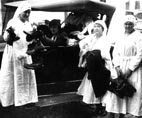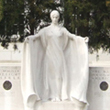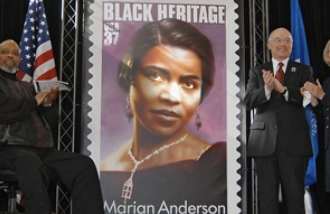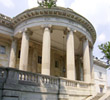Inside This Issue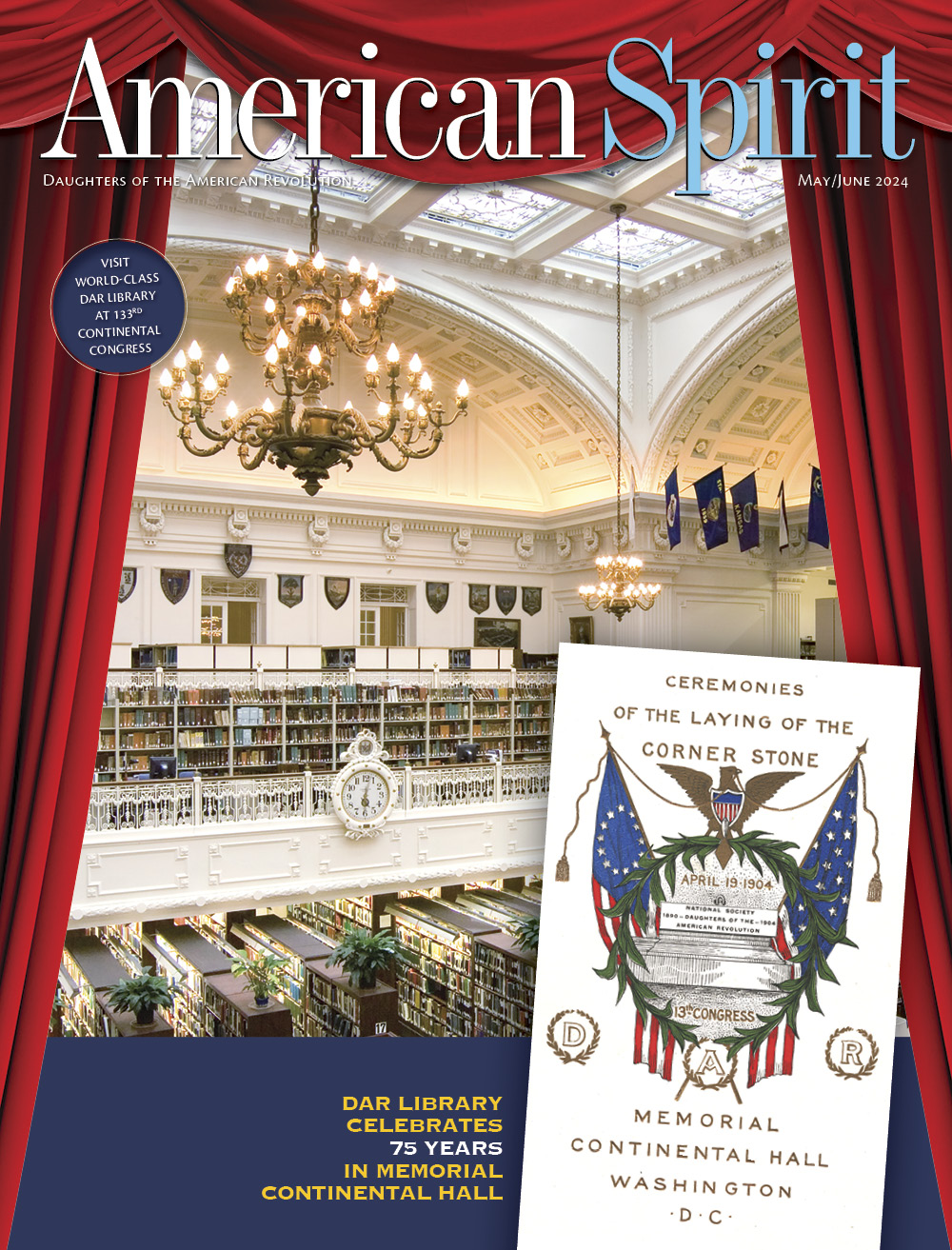
May/June 2024
Glimpse into the lives and passions of the diverse group of women who comprise today’s DAR membership.
More Articles
Learn about the interesting historical articles from this issue.
To Come in Our Next Issue
Preview the exciting stories to be featured in the next issue of American Spirit.
Meet Our Members
Positively Bookish
Daughter instills a love of books through children’s series and Little Free Libraries.
By Lena Anthony
How many books have you published? For most of us, answering that question is easy. But Debbie Dadey, member of Spencer Clack DAR Chapter, Sevierville, Tennessee, might need to pause to do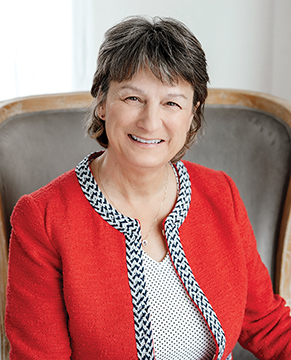 some calculations. At press time, her answer would have been 182. By the time you read this issue? Perhaps 184.
some calculations. At press time, her answer would have been 182. By the time you read this issue? Perhaps 184.
A prolific children’s author, Mrs. Dadey has written or co-written picture books, novels and chapter books, including the popular series Adventures of the Bailey School Kids, Ghostville Elementary and Mermaid Tales.
Her inspiration for her writing career and the Bailey School Kids series was one and the same: her grandmother.
“Her name was Lilly Bailey, and she was very special to me, so of course anything she did I thought was just wonderful,” said Mrs. Dadey, who is the Corresponding Secretary for Spencer Clack DAR Chapter and also an associate member of Margery Sullivan DAR Chapter, Dover, New Hampshire, where she lives. “She wrote in her diary every day, which I thought was just a really neat thing. She mostly just wrote things about her life—nothing terribly deep, but it was a routine she kept up for most of her life.”
After working as a school librarian and teacher, Mrs. Dadey published her first book in 1990. Her latest book, Dragons Don’t Cook Pizza, came out in April 2024. She is also working on, in no particular order, a new title in the Mermaid Tales series, a young adult novel, a new chapter book series and the graphic novel version of one of her previous titles. Additionally, she is partnering with a production company on a screenplay for a live-action Bailey School Kids movie.
“I always like to have a couple of irons in the fire,” she said. “I think it’s good to let a story rest. I work on it a while and then put it away and come back to it with fresh eyes and a new perspective.”
While her books cover topics that could not be more different, a continuous thread runs through all of them: “I write for reluctant readers,” Mrs. Dadey said. “That’s the magic of a series. Once a kid loves one book, they feel comfortable, safe and often quite eager to read more about the same characters.”
Mrs. Dadey said there really is no such thing as a reluctant reader—if they can find the right book. “It’s a pretty big if,” she said. “But it’s also so true. I saw it again and again as a librarian.”
This is one reason she has been such a proponent of the Little Free Library project, which she learned about in a DAR newsletter. “It got me interested in donating to the one in Sevierville, but I always thought it would be a wonderful thing to create one,” Mrs. Dadey said.
She looked around at several locations, including her hometown of Henderson, Kentucky, where her nephew owns a barbecue restaurant. “It’s in an area of town that probably could use a boost in book access for kids,” she said.
Mrs. Dadey paid for the materials, while another volunteer donated labor. A pink pig sits atop the library to both pay homage to the restaurant and, of course, grab kids’ attention. A grand opening took place on March 2, Dr. Seuss’s birthday, which was not a coincidence. The local C.A.R. chapter helped with the event, and the local public library, among others, are keeping the Little Free Library stocked and maintained.
“I didn’t grow up wealthy at all, but I did have some books, and some of those came from book fairs and book clubs where you could get inexpensive ones,” Mrs. Dadey said. “I’ll take any opportunity to get a book into a kid’s hand because reading is the key to success in school and in life.”
Mrs. Dadey counts reading among her top hobbies. “I would probably read all day if I didn’t feel guilty about it,” she said. She also enjoys playing the role of “Granny” to her two young grandchildren. She and her husband, Eric, moved to New Hampshire last year, trading one mountain view for another to be closer to them. She also plans to keep writing professionally for at least another five to 10 years.
Historic Homes
Subterranean City
Once Shunned, Seattle’s Underground Today Welcomes Tourists
By Bill Hudgins
Say “Seattle,” and most people envision the Space Needle, which was built for the 1962 Seattle World’s Fair and soars 605 feet above the city. However, few people outside of Seattle know about
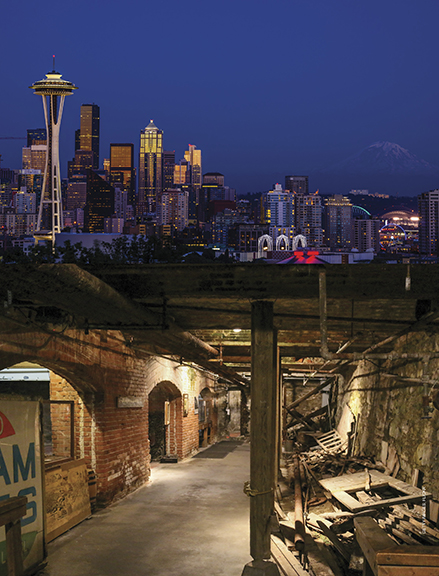
another landmark that lies beneath the Pioneer Square historic district.
Dating to the late 19th century, the Seattle Underground was the unintended result of a devastating fire and the tenacious city’s determination to rebuild. Once almost forgotten, its checkered past now makes it a popular tourist attraction.
Seattle’s first white settlers sailed into Elliott Bay in November 1851. They established a foothold at Alki Point, situated on what for centuries had been the traditional territory of the Suquamish and Duwamish Tribes.
The settlers soon relocated across the bay, founding a village at the heart of today’s Pioneer Square historic district. The location’s deep-water harbor was ideal for shipping timber cut from the thick surrounding forests. They named it Seattle in honor of Sealth, the Duwamish Indian leader, according to www.Seattle.gov.
Originally, Seattle was a mix of tidal flats fronting steep hills, and much of its early town was built on low-lying land conveniently near the harbor. Persistent flooding at high tide was a chronic problem.
Nevertheless, the high demand for lumber fueled Seattle’s growth. The city boomed in the 1880s after becoming a stop on the Northern Pacific Railway. Then, on June 6, 1889, the boisterous, self-confident city faced its greatest challenge when fire engulfed the downtown.
‘The Great Fire’
Conditions were almost perfect for “The Great Fire.” Except for a few brick buildings, most structures were built of wood. Even the water mains and sewers were made from hollowed-out logs. The spring weather had been unusually mild and dry, and the wind picked up during the afternoon. Compounding matters, the chief of the volunteer fire department was out of town, and the volunteers lacked training—and water, as they soon learned.
The fire started in the afternoon at a cabinetmaker’s shop near the intersection of today’s First Avenue and Madison Avenue. An assistant, John Back, was heating a pot of glue that boiled over and caught fire. Back threw water on the flames, but that only splashed the flaming glue onto the wood chips and turpentine on the floor. Workers fled the building.
The fire had spread to other buildings by the time the fire department arrived 30 minutes later. The alcohol in a nearby liquor store and two saloons exploded as they burned, and the fire leaped to other blocks.
The frantic firefighters tried to suppress the flames, but water pressure was low and dropped further as they fought the blaze. They tried running hoses down to Elliott Bay, but the lines were too short. Attempts to create a firebreak by dynamiting buildings also failed. The heat was so fierce that even the wooden water and sewer lines caught fire.
By the time the fire died down around 3 a.m. the next day, it had destroyed some 25 city blocks, including most of the business district, wharves, mills and railroad terminal. Though no deaths were reported, thousands of residents were left homeless, and an estimated 5,000 lost their jobs. On a positive note, the inferno killed an estimated 1 million rats.
The British poet Rudyard Kipling was touring Puget Sound at the time and landed in Seattle after the blaze. He described the scene as “a horrible black smudge, as though a Hand had come down and rubbed the place smooth. I know now what being wiped out means.”
Read more about the article here.
More Articles
American Artisans: Honoring Cultural Traditions Through Creative Arts by Elizabeth Mariano Mubarek
Americanism: Einstein’s Equal by Emily McMackin Dye
America’s Treasure: Beneath the Surface by Kim Hill
DAR Buildings and Monuments: Daughters, Others Found Inspiration at 1893 Chicago World’s Fair by Jeff Walter
Historic Homes: Subterranean City by Bill Hudgins
Meet Our Members: Positively Bookish by Lena Anthony
My Patriot: Henry Knox by Lena Anthony
On the Road to 250!: Joining Forces to Preserve the Memory of Patriot Ancestors
President General Profile: Emily Nelson Ritchie McLean
Stars & Stripes: Dogged Determination by Jeff Walter
Stars & Stripes: ‘Liberty Hall’ by Bill Hudgins
Travel Log: O Say, You Should See Maryland by Courtney Peter
Plus: Affirmation Graphic, All That Sparkles With the President General; Celebrating the DAR Library Jubilee; DAR Learning Opportunities; DAR Recipe; Genealogy Tidbits; Ideas, Ideas, Ideas!; News From the DAR Committees; Watercolor Map of Washington, D.C.
To purchase an issue of American Spirit, contact [email protected]
To subscribe to American Spirit, visit Subscribe.


